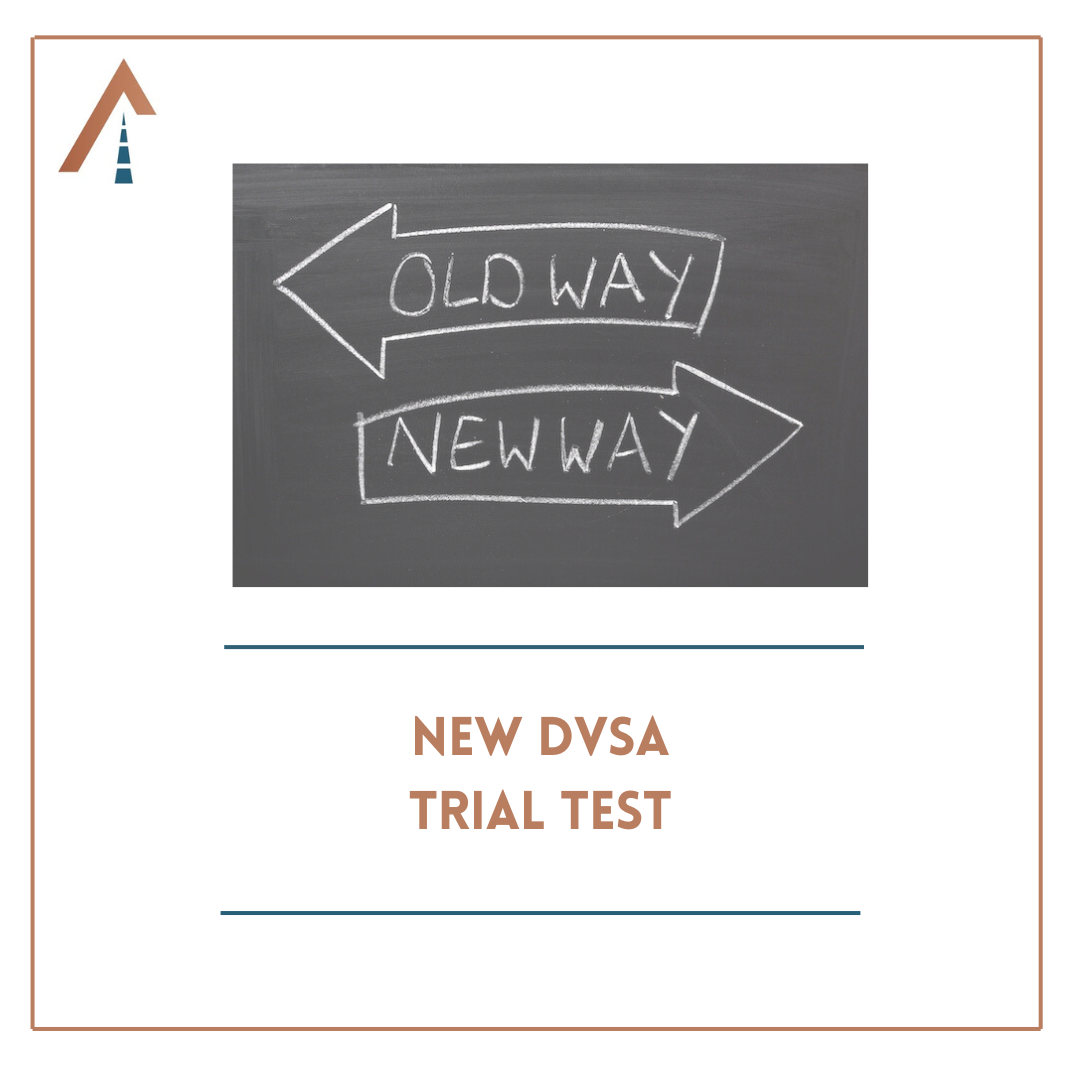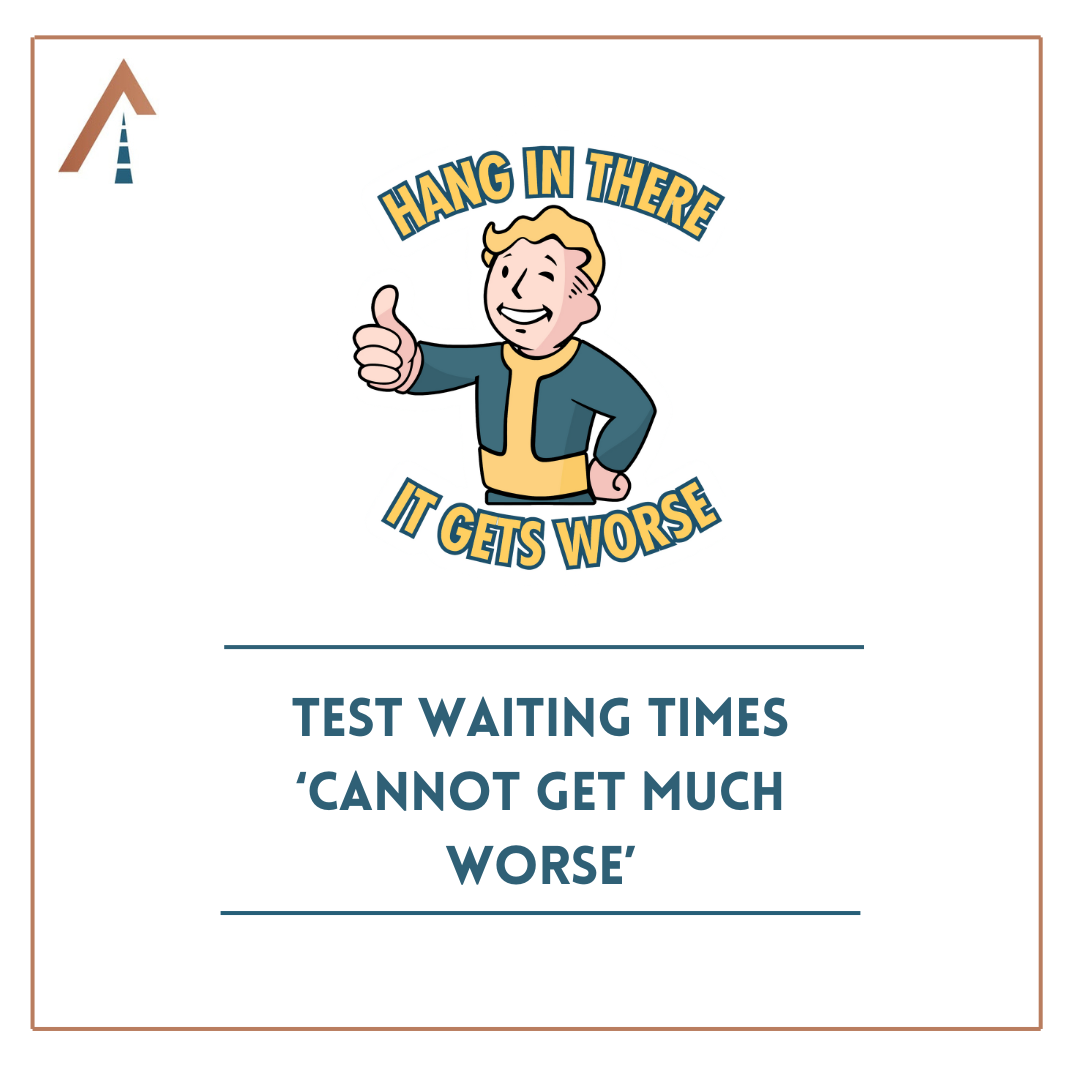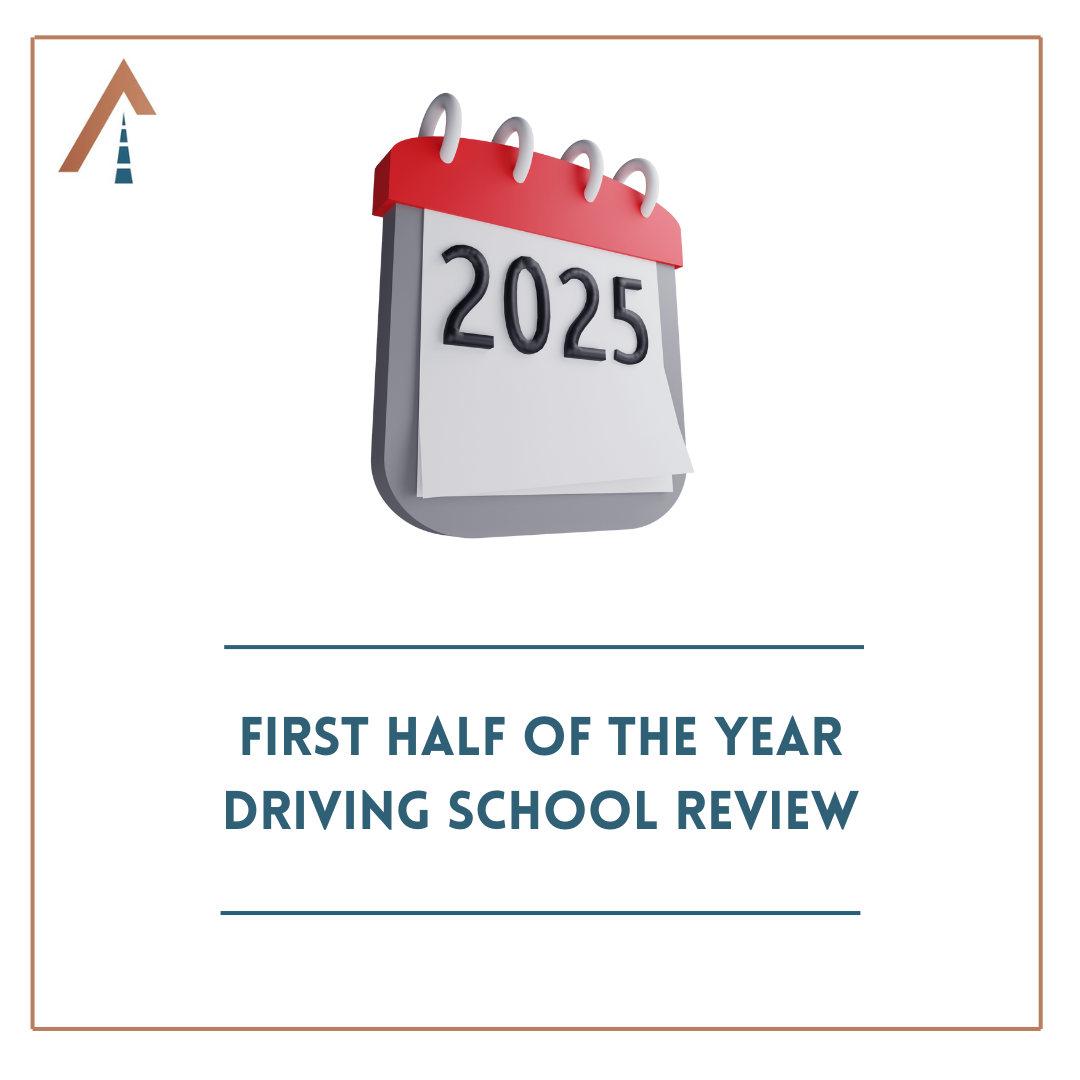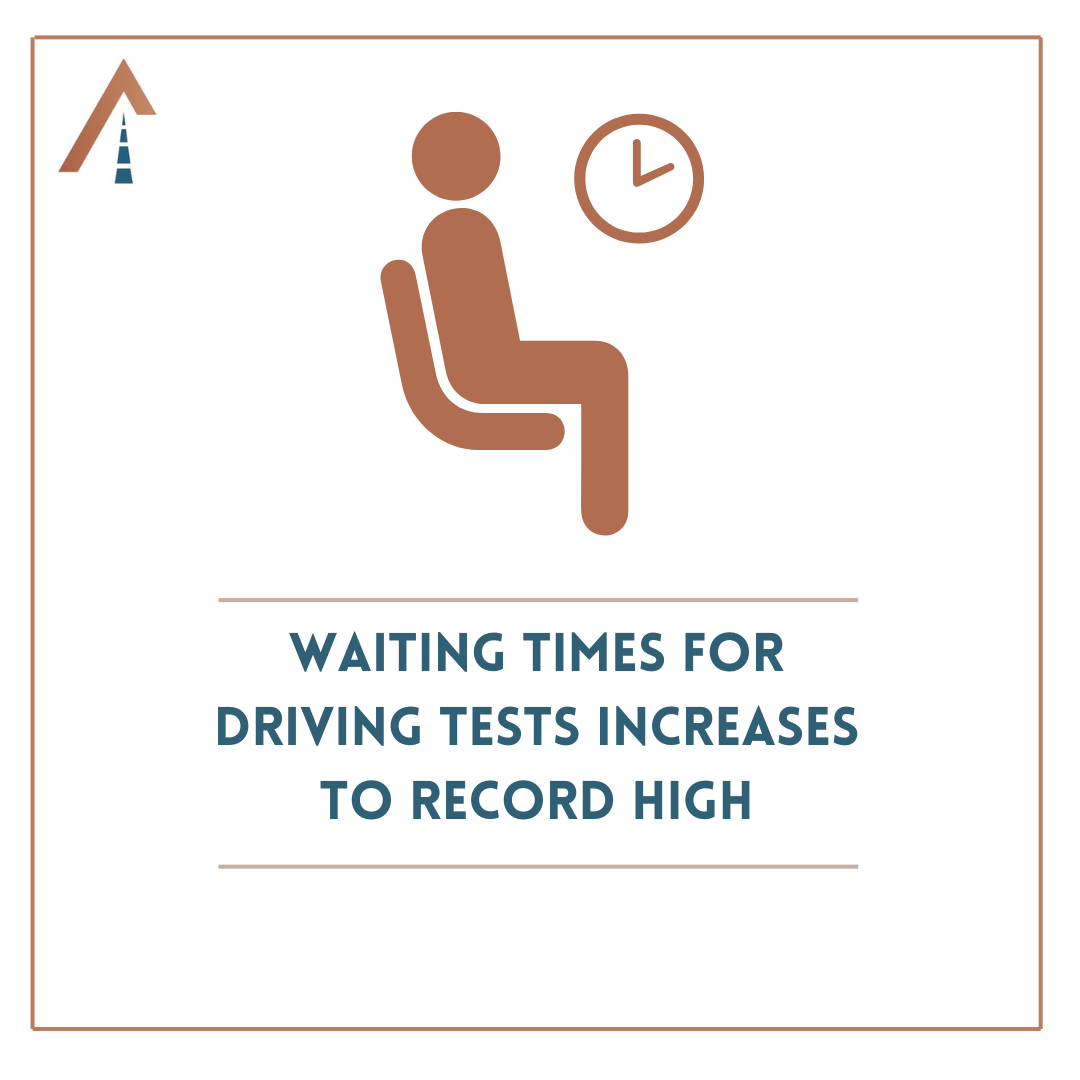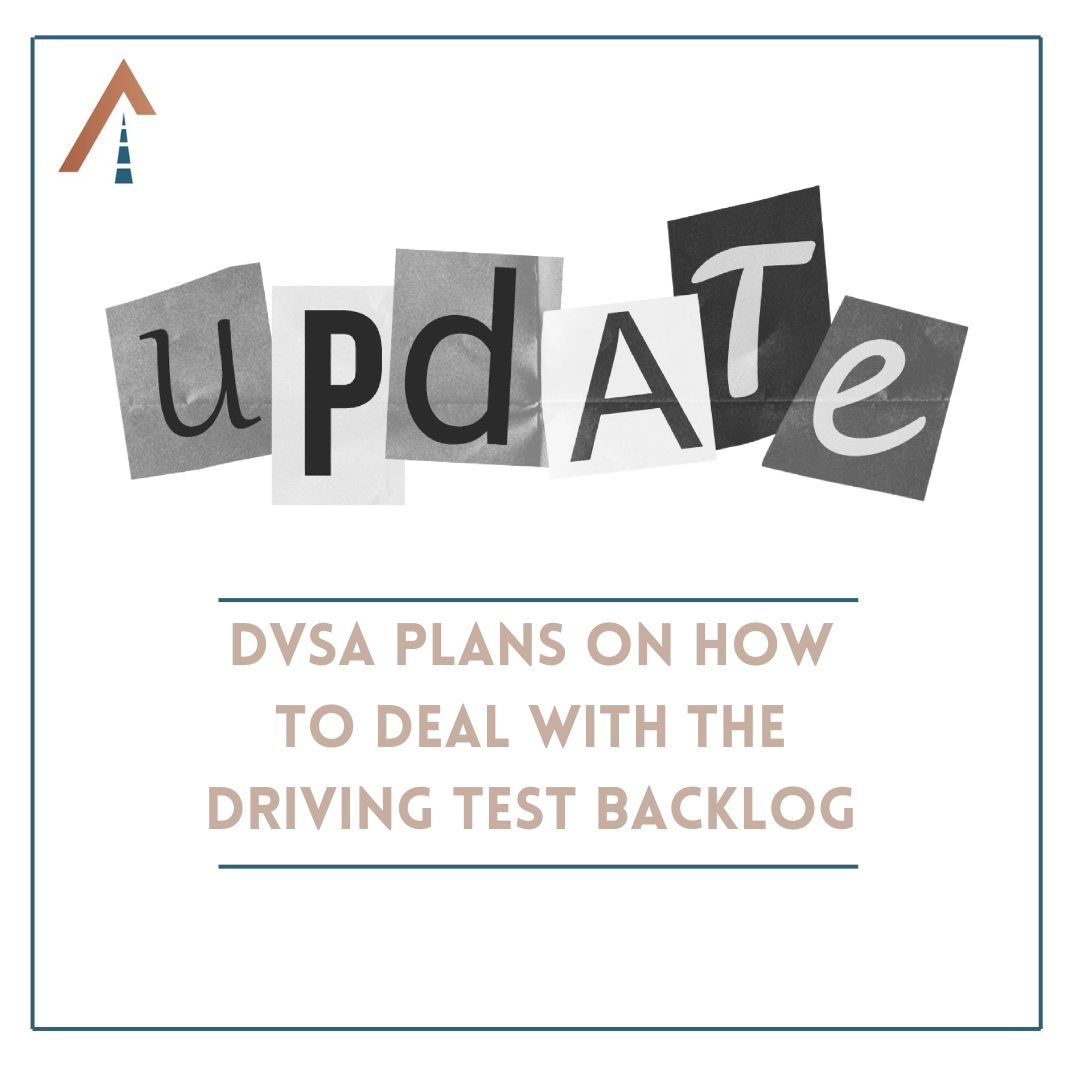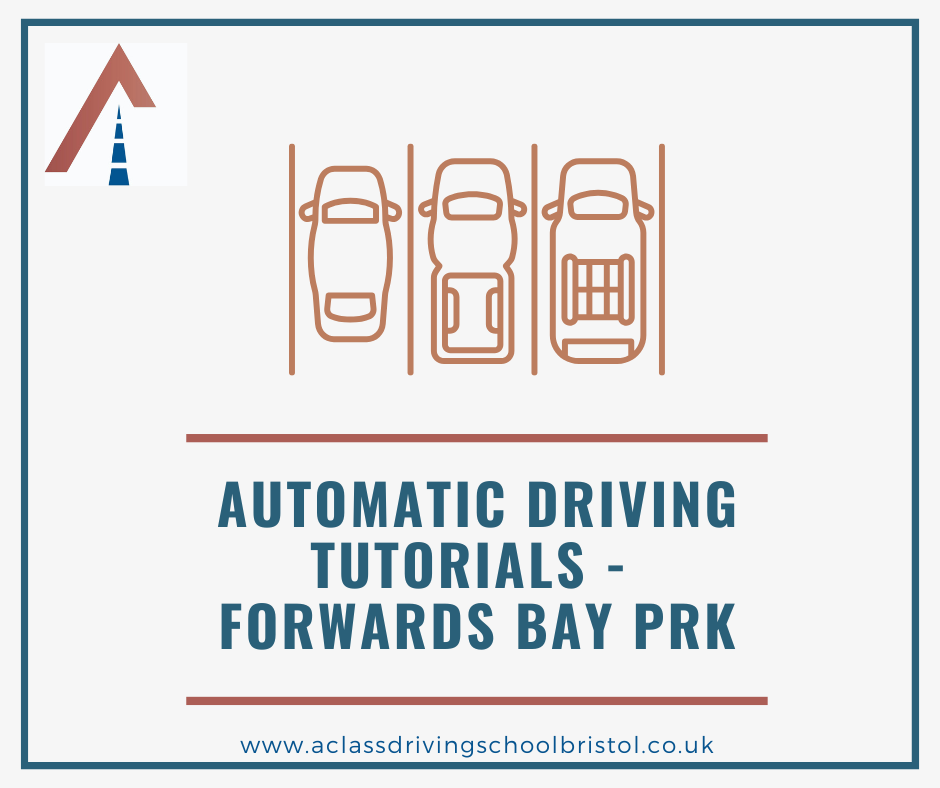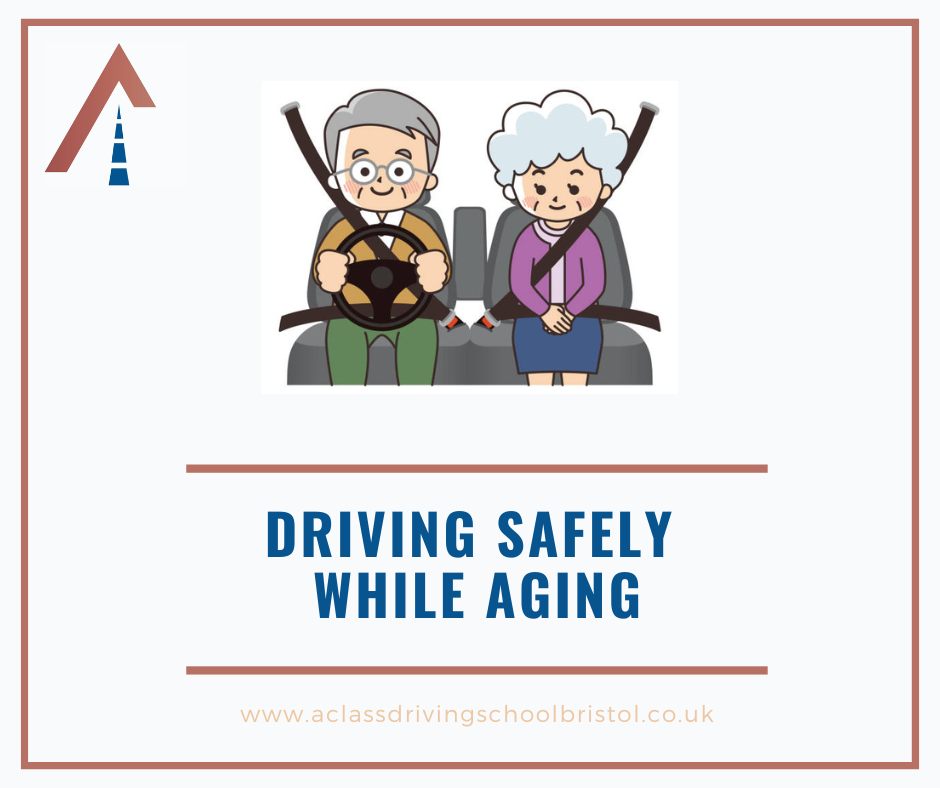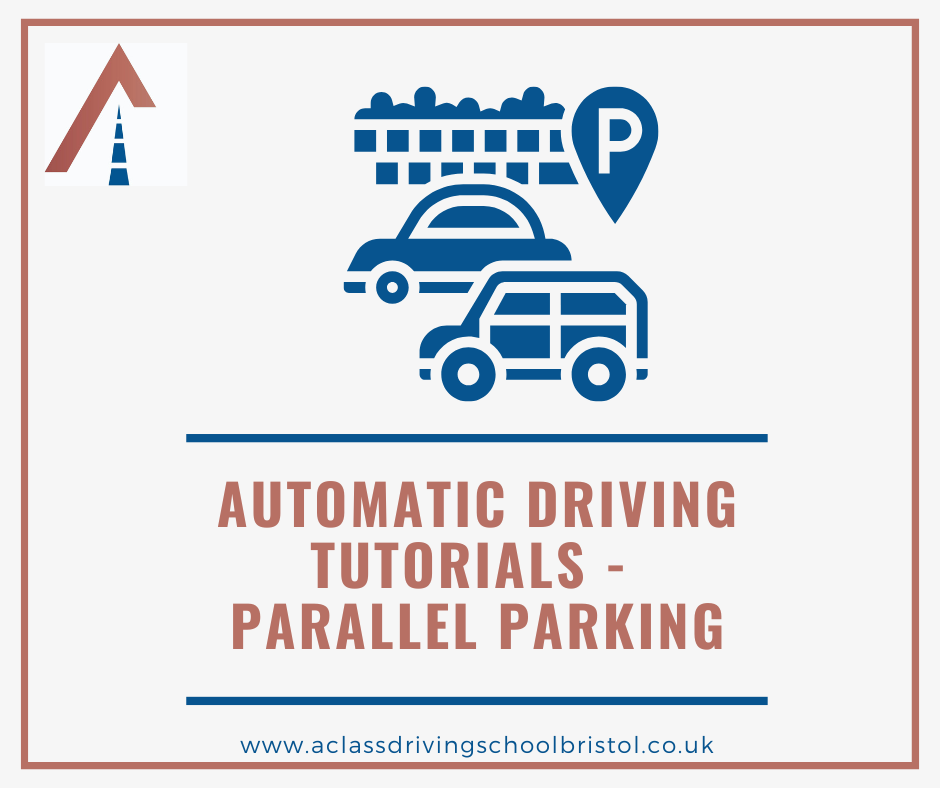Mindfulness and driving
Mindfulness and driving
Most of my working day is spent in my car, and it is easy to become frustrated. Students work hard to follow instructions and watching them develop into conscientious careful drivers is a joy. On the other hand, the state of the roads is not.
The frustrations of driving in a city
It can be hard to remain level-headed when your planned route is impossible due to more unexpected road works and closures. At times it seems like the city is choking with traffic and movement anywhere is impossible.
You cannot affect the severe delays, but you can affect how you respond to them. Mindfulness and driving can alleviate irritation and allow you to deal with frustrations in a calm manner.
Mindfulness while driving: is it possible?
Mindfulness and driving are not something that comes naturally to many of us. When we see poor behaviour on the road it is easy to let that spill over into agitation. We enter a state of mind that makes it harder to focus and we may react rather than notice and stay calm. Picture a driver leaning on their horn gesticulating through the windscreen, or someone performing a U-turn on a crowded road before screeching away.
Training our minds to acknowledge these instances of irritable behaviour and then let them pass us by is a skill. Your health will benefit through reduced stress.
So, what is mindfulness when driving and is there something we can do to help us achieve this state? Mindfulness is an awareness of the body, the mind and our surroundings that can help us stay in the moment and act without judgement. It’s about being an observer and taking in what is happening around us.
Mindfulness can help improve listening skills, enhance our ability to remain calm and enable us to better understand our emotions and triggers.
In an article on Pubmed.gov researchers found a potential link between mindfulness and a reduction in road trauma. This report was based on several studies over seven years from 2011 to 2017. If mindful driving leads to fewer road traffic incidents, then the roads will be safer for everyone.
Recent research reveals that drivers who are naturally more mindful tend to make less driving errors and are more control of their emotions making them safer drivers. At A-Class Driving School we aim to teach mindfully.
Most people would agree that actively practising a mindfulness exercise while driving could be dangerous, but there are some general guidelines you could incorporate into driving.
Here are some points to be aware of, but if you can think of any more please add them in the comments section below:
1. Turn it off, like a light switch!
Most of us drive listening to the radio or podcasts, but what happen if we just turn it off? It may make you feel strange at first and as if something is missing. Let your mind hear the noise of the engine (unless you are driving an electric car), It may be that without the noise of the music, the news or other noise distractions you become calmer and enjoy driving more.
2. Notice how your body feels
Without the distraction of noise, you can begin to focus attention on your body. Does your neck feel stiff or are your feet aching? You may notice how your shoulders feel tense and then make a conscious effort to make them relax. Are you aware of gripping the steering wheel?
3. Try breathing steadily. It sounds simple but it’s easy to do and can make a massive difference to your state of mind.
Take it easy!
Slow down. Going a little easier on the road at just below the speed limit rather than at it can make a positive difference to driving and mood. It will also allow you more time to respond to the road conditions making you safer. Remember, it’s a driving limit for a reason.
Make use of traffic jams
This is a big one. If you can use traffic jams to practise greater mindfulness in your body, you will feel less tired and cranky. Next time you are stuck in traffic try reframing it. This is an opportunity to slow your body down. Try breathing in for four and out for four like a wave hitting the shore.
Most of us do not use the breath well, but by controlling the breath we can reduce our heartrate, reduce anxiety and feel calmer.
I found these tips on the Wild Mind website and if you would like more information on how to use mindfulness in your driving then please read their blog.
More recently, apps have helped us in many aspects of our loves. Headspace is a popular app that users claim helps them navigate the stresses of life better. A use of the app asked about mindfulness and driving and was given much of the advice listed here.
So, before you start driving just get in your car and before you turn on the engine take a moment: breathe steadily, notice how your body and mind feels.
Blog post by Sophie Dracott Clear Copy UKParagraph


